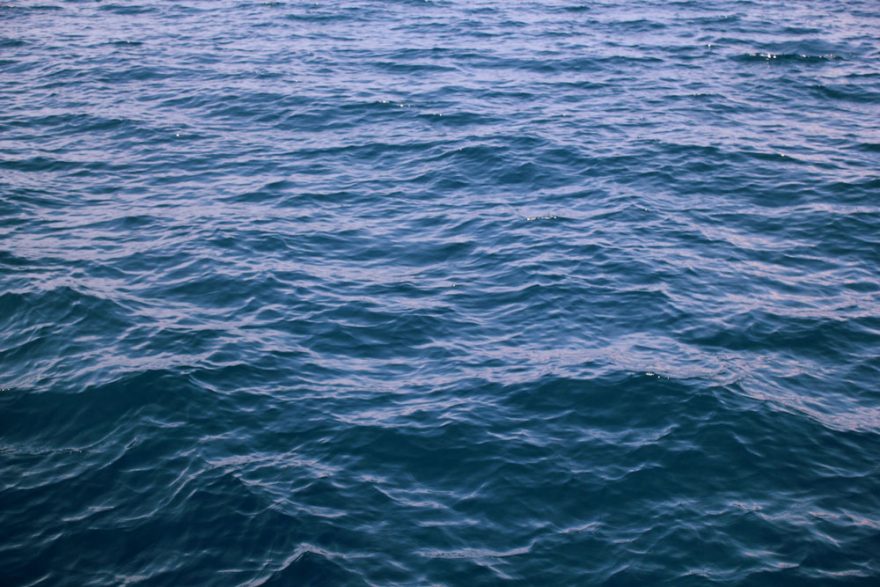
Yoga is a craze that has become very popular in the last few years. There are now multiple variations of yoga, like Bikram Yoga. One variation that is becoming increasingly popular is SUP Yoga. For those of you who do not know, SUP stands for Stand Up Paddle Boarding. SUP is a great form of exercise, as you have to use your upper body strength to power yourself through the water and your core to keep you stable.
If you are an experienced yoga fanatic, or just love a challenge, SUP yoga is definitely for you. It adds in an extra challenge, as you have to ensure you are extremely focussed so that you can deal with the changes in the wind/waves.
It is important to be aware of your environment. Be ready for changes and movement in the board, and keep control of your breathing. SUP can be intimidating, especially for the non-experienced yogis. Allow yourself to lose that fear of falling from the board, as the worst that will happen is you will be submerged in the cold water.
SUP Yoga allows you to fully relaxed, and be away from any stresses or worries in your life. You can become fully engrossed in the sport, and focus on you.
Here are ten yoga poses that you can nail on a paddle board:
Lotus Position (Easy)
The Lotus position is a relaxing pose you can try on the paddle board. Simply cross your legs and place your feet on your opposing thighs. Sit with your back straight and your palms facing towards the sky. Close your eyes and breathe deeply in through your nose and out through your mouth. This pose allows you to appreciate your surroundings and really relax.
Bhujangasana or Cobra Pose (Easy)
This is another fairly relaxing pose to do on the paddle board. It’s also a great stretch, which will help you to relieve any tension throughout your mid-section. Lie on the paddle board face down and place your hands by your side. Push up through your arms and feel a stretch through your abs. Make sure your shoulders are rolled back.
Lunge (Easy/Intermediate)
There are two options for the Lunge. The easier option is to place one knee on the paddle board and the other in front with your foot firmly placed on the board. Lean forward onto your front leg and bring your hands straight above your head. The slightly more difficult version is to keep the back leg extended with your toes on the board.
Utkatasana or Chair Pose (Intermediate)
This requires more balance and leg strength than the previous two poses. Stand with your feet hip width apart. Hold the paddle in front of you with both hands. Slowly raise it above your head and bend you knees, pushing your weight into your heels.
Adho Mukha Shvanasana or Downward Facing Dog (Intermediate)
This is a great pose to do after the Cobra Pose. From the cobra pose, place your toes on the ground and push your weight back onto your feet raising your hips. This will strengthen your upper body and stretch out your calfs and hamstrings.
Sarvangasana or Shoulder Stand (Intermediate)
Lying on your back on the paddle board with your hands by your sides, push your legs up (keep them bent at this point). As your hips leave the board, use your hands to support your lower back and keep you in this position. Once comfortably in this position begin to straighten your legs.
Chaturanga Dandasana (Intermediate/Difficult)
The pose itself may look simple, however it requires a high level of upper body strength. Simply go into a press up position, with your hands facing forward and bend your arms. Make sure you push your elbows back and keep your core tight.
Halasana or Plow Pose (Difficult)
This pose is a progression of Sarvangasana. Once in Sarvangasana, continue to bring your legs towards your head until your toes touch the board. Keep your legs straight. This requires minimal balance, however it needs a high level of flexibility.
Sirsasana or Headstand (Difficult)
Clasp your hands around your head with your elbows on the board. The weight should be on your arms. Then straighten your legs and begin to walk them in with small steps until your upper body is fully straight. At this point, begin to raise your legs up until they are vertical in the air. This is great for working your full body, but mainly your core.
Bakasana or Crane Pose (Difficult)
Start in a deep squat with your feet about hip width apart. Place your hand in front of you with you fingers pointing forward and spread out. Begin to lean forward on to your hands. Your knees should be pressed against your triceps. Press your upper thighs against your stomach and keep your eyes up. Slowly begin to lift one foot off the ground and then the other. The hardest part of this will be maintaining your balance on the paddle board. Keep focussed and keep your core tight. Try to feel your feet pressing into the board and keep stability throughout your body.
If you just generally love being active and love a challenge, or want to take your passion for yoga further then SUP Yoga is for you. Ensure that throughout all of these poses you are focussing on your breathing and feeling the mind to muscle connection in your body. The most important thing with SUP Yoga is being aware of your surroundings; understanding how the pattern of the waves and wind move the board and how you need to counteract that movement.
So, if you are bored of your everyday yoga studio, why not take on the outdoors and get on board!
 Your Privacy Choices
Your Privacy Choices


 NamAiste Yoga
NamAiste Yoga  hyperfitness (@sophie_soph_fie)
hyperfitness (@sophie_soph_fie)